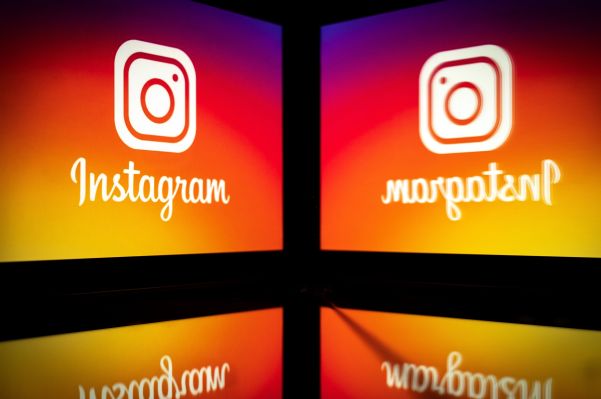Snapchat turns off controversial ‘Solar System’ feature by default after bad press | TechCrunch
Less than a week after The Wall St. Journal reported on how a Snapchat feature dubbed “solar system” was adding to teens’ anxiety, the company has responded by adjusting how the feature works. The ranking system for paid subscribers today shows you how close you are to your Snapchat friends by displaying your position in their solar system. For example, a friend in the “Mercury” position would be someone you communicate with a lot, while “Uranus” would be someone not as close.
Of course, online chatting doesn’t necessarily correlate to real-world relationships, and such a feature can lead to hurt feelings when someone realizes that they’re not as close to a friend as they thought.
Snap says it has received feedback that it can feel good to know you’re close to someone but it can also feel bad to know you aren’t as close as you’d like to be.
“We’ve heard and understand that the Solar System can make that feeling worse, and we want to avoid that,” the company announced in a post on its newsroom on Friday.
However, instead of removing the feature, as it did with the dangerous and controversial speed filter, which it was sued over for “negligent design,” Snap is simply turning the Solar System feature off by default. Snapchat+ subscribers will still be able to turn the option on if they choose.
“We hope this strikes the right balance between providing a feature that is desired by many who use it while avoiding upsetting those who don’t want to use it,” the company explains.
Turning it off by default may provide some friction, but if the feature is already in demand among teens, then they’ll simply dig around to find the setting to turn it back on.
Snap argues that Solar System is not that popular, noting that less than 0.25% of the community uses the option. But since it’s only available to paid subscribers, the small percentage is not surprising. A more relevant stat would be how many Snapchat+ users have used Solar System or viewed the feature.
Although users can’t see who’s closer or further away from the friend as they are, finding out they’re not number one has led to some tough conversations, The WSJ reported, even breakups.
Snap defends the feature by saying that people wanted to know more about their friendships and features like Solar System provide “additional awareness and context.” But in reality, it’s a way to keep young people — a demographic where social hierarchy is key — addicted to using Snapchat.
The Solar System feature was only one of Snapchat’s friend ranking systems. It also offers a private feature called “Best Friends” that puts the people with whom you communicate most at the top of your contact list, along with a heart or smiley emoji, The WSJ pointed out.
Another much-debated feature called “Streaks” is a tool that Snapchat users to encourage repeated use of its app by offering a visual representation of how many consecutive days users have stayed in touch with one another on the app. After much backlash from parents and families, lawmakers, and regulators alike over the feature’s addictive nature and psychological harms, Snap last year introduced a way to pause your streaks. It also added a way for users to restore a lost Streak.
While Snap promises in its blog post that it’s “committed to mitigating the potential downsides of online communication wherever possible,” it has intentionally built features and tools that have at least left it open to lawsuits and Congressional inquiry, if not worse.




